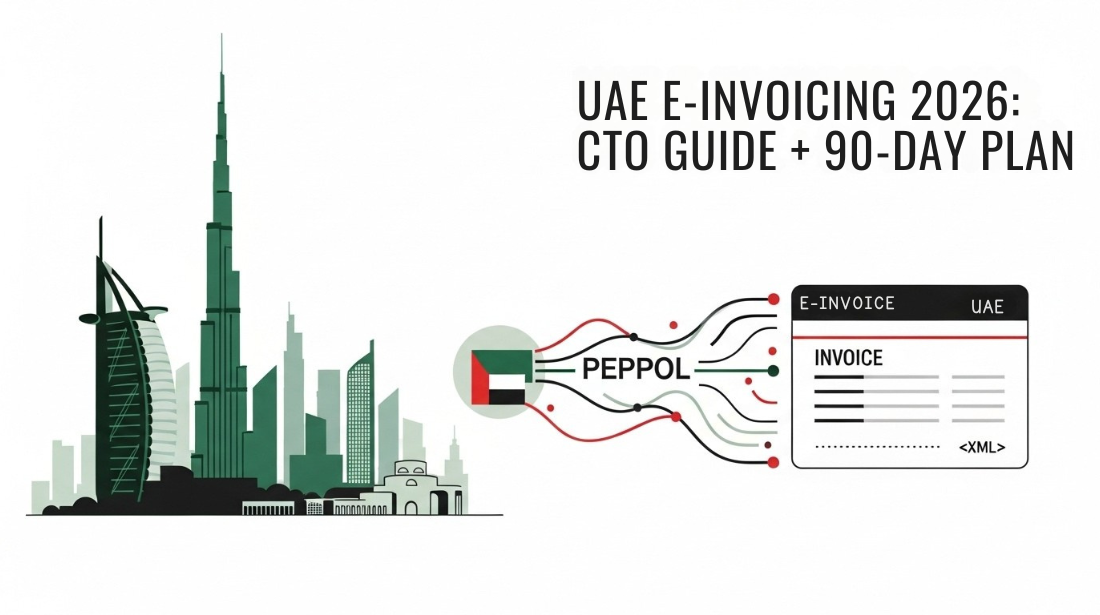
Comparing How Java and Python Solve Problems
Java and Python are two widely used programming languages that both use Object-Oriented Programming (OOP) principles. Here’s a comparison of how each language addresses common programming challenges through OOP:
1. Code Organization and Re-usability
Java:
- Classes and Objects: Java uses classes to define the structure of objects. These classes can be reused to create multiple objects, promoting code reusability.
- Inheritance: Java supports inheritance, which lets you create new classes based on existing ones. This helps avoid code duplication by allowing new classes to inherit properties and methods from parent classes.
Python:
- Classes and Objects: Python also uses classes to define objects, allowing for reusable code. However, Python’s syntax is simpler and more flexible.
- Mixins: Python supports multiple inheritance, meaning a class can inherit from more than one parent class. This flexibility allows you to combine features from different classes more easily than in Java.
2. Data Protection and Encapsulation
Java:
- Access Modifiers: Java uses access modifiers (private, protected, public) to control access to class members. This ensures that data is protected and only accessible in controlled ways.
- Getters and Setters: Java promotes the use of getter and setter methods to access and modify private data. This provides a controlled way to interact with object attributes.
Python:
- Properties: Python uses properties and the @property decorator to manage access to attributes. This approach is more concise compared to Java’s getter and setter methods.
- Name Mangling: Python employs name mangling to protect private attributes from being accessed directly outside the class, though it relies more on conventions than strict access control.
3. Interface Design and Abstraction
Java:
- Abstract Classes and Interfaces: Java uses abstract classes and interfaces to define methods that must be implemented by subclasses. This promotes a clear structure and enforces a common interface across different classes.
- Polymorphism: Java supports polymorphism, allowing objects of different classes to be treated as objects of a common superclass. This simplifies code and enhances flexibility.
Python:
- Abstract Base Classes (ABCs): Python uses abstract base classes to define methods that subclasses must implement. This provides a similar level of abstraction as Java’s abstract classes and interfaces.
- Duck Typing: Python’s approach allows objects to be used if they have the right methods or attributes, which offers more flexibility compared to Java’s strict system.
4. Managing Large Projects
Java:
- Packages and Modules: Java organizes code into packages, which helps manage large codebases by grouping related classes. This organization supports better maintainability and scalability.
- Design Patterns: Java heavily utilizes design patterns, which are standard solutions to common design problems. These patterns help in structuring and organizing complex systems effectively.
Python:
- Namespaces and Modules: Python uses modules and packages to organize code. This makes it easy to split a large project into smaller, manageable parts.
- Frameworks and Libraries: Python has a rich ecosystem of frameworks (e.g., Django, Flask) and libraries that simplify development by providing built-in solutions for common tasks.
5. Real-World Applications
Java:
- Enterprise Software: Java is commonly used for large-scale enterprise applications due to its robustness and scalability. Examples include banking systems and corporate software.
- Android Development: Java is the primary language for Android development, allowing developers to create complex mobile applications.
Python:
- Data Science and Machine Learning: Python is popular for data analysis and machine learning due to its easy-to-learn syntax and powerful libraries like NumPy and TensorFlow.
- Web Development: Python frameworks like Django and Flask make it easy to build and maintain websites and web applications.
Conclusion
Both Java and Python use object-oriented programming to solve problems, but they approach it differently. Java provides a more rigid structure with strong typing and access control, making it suitable for large, complex systems and mobile development. Python offers flexibility with dynamic typing and simpler syntax, which is beneficial for rapid development and data science. Each language has its strengths, and the choice between them often depends on the specific needs of the project.
Written By:
Full Stack Developer
Noor ul ain Ibrahim



